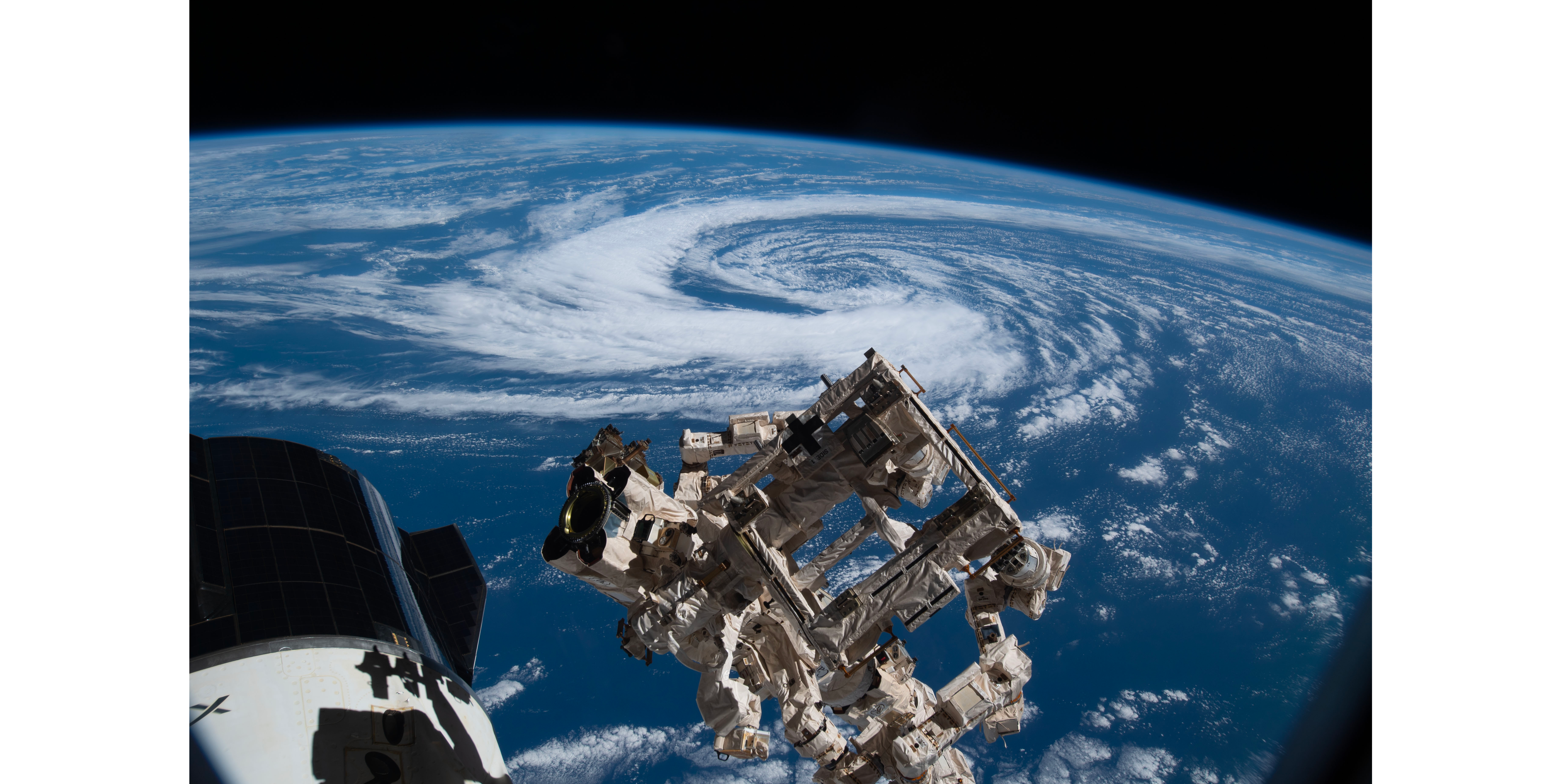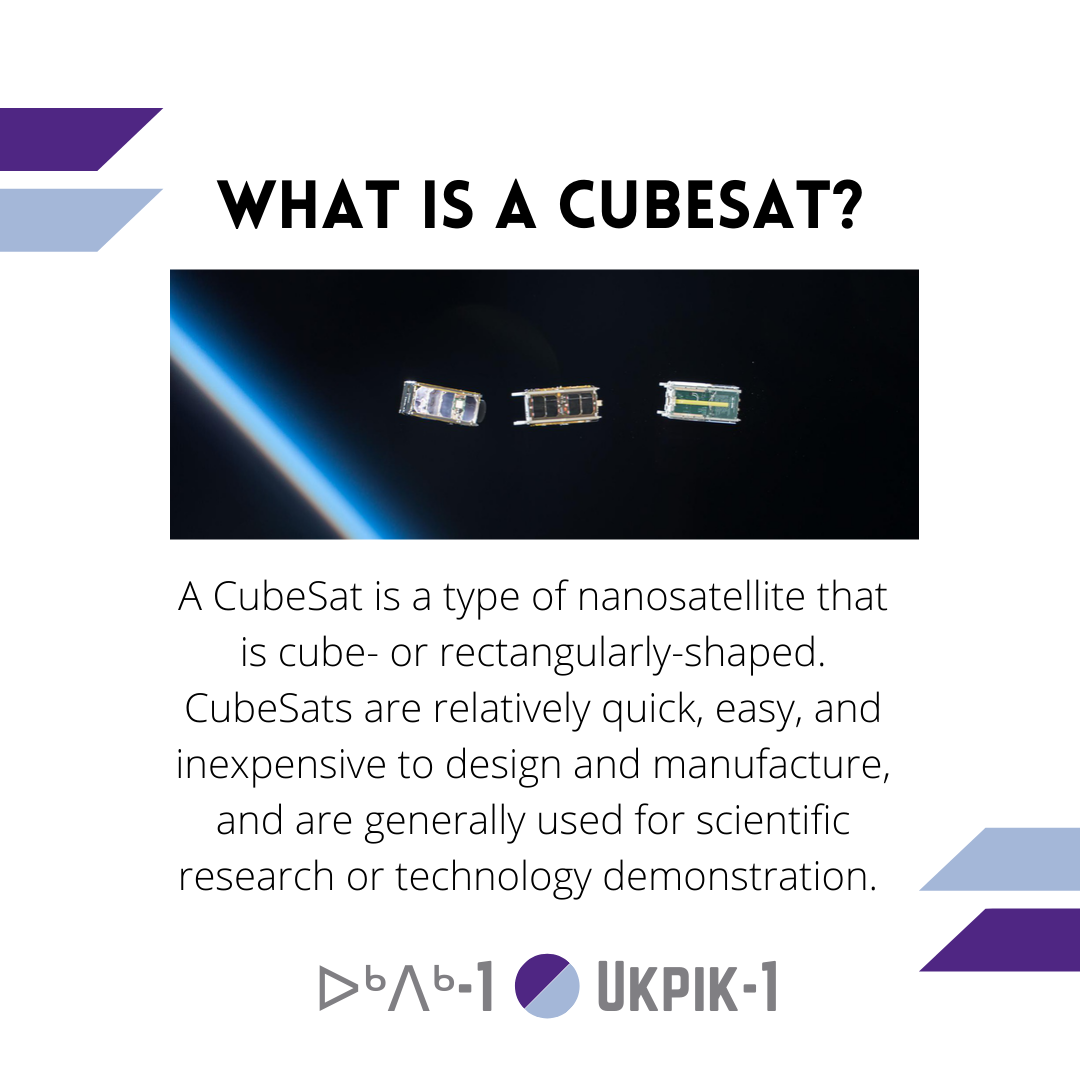In The News

Meteorite impact leaves rare rocks and evidence of extreme heat at remote lake in Quebec
Osinski, Neeraja Chinchalkar, the research technician at Western’s Earth and Planetary Materials Analysis (EPMA) Laboratory, and their collaborators have now discovered new evidence that another meteorite impact once caused equally extreme (and respectively rare) high temperatures, exceeding 2,370 °C (4,172 °F), at another remote impact structure in northern Quebec.
Western space experts test new rover instrument
Western planetary geologists Livio Tornabene and Gordon Osinski are leading an international team to better understand how clays formed on Mars. Supported by a three-year Canadian Space Agency (CSA) Flights and Fieldwork for the Advancement of Science and Technology (FAST) grant, the researchers will provide important contributions to the European Space Agency’s ExoMars 2028 Rosalind Franklin rover mission.
Tour de force: Western Space researchers chart Orion Nebula like never before
Western University astrophysicists Els Peeters and Jan Cami and postdoctoral and graduate researchers Ryan Chown, Ameek Sidhu, Baria Khan, Sofia Pasquini and Bethany Schefter were among the first scientists in the world to use the James Webb space telescope (Webb) for scientific research, and the focus was star formation.
Record warming: How should Canada, its cities and citizens adapt?
In January 2024, the European Union’s Copernicus Climate Change Service (C3S) announced 2023 as the hottest year on record since 1850. On May 8, the C3S reported the record-breaking temperature streak had extended, with the world experiencing its hottest April on record.
Researchers find destruction of oceans’ worth of water per month in Orion Nebula
An international team, including Western astrophysicists Els Peeters and Jan Cami, has found the destruction and re-formation of a large quantity of water in a planet-forming disk located at the heart of the Orion Nebula.
Latest from Western Space
Our Director, Dr. Sarah Gallagher discusses the exciting developments at Western Space in this video. Researchers at Western are engaged in planetary science and astronomy, exploring our solar system and beyond. Watch video.
Meet Western University's Most Interviewed Experts - 2022-2023 Annual Report:
 Western University's 2022-2023 Annual Report showcases Dr. Sarah Gallagher, Dr. Joshua Pearce, and Dr. Maxwell Smith as the university's most frequently interviewed experts in the media.
Western University's 2022-2023 Annual Report showcases Dr. Sarah Gallagher, Dr. Joshua Pearce, and Dr. Maxwell Smith as the university's most frequently interviewed experts in the media.
New CSA Funded Project!
The Western Skylark: a 3U CubeSat for next-generation tracking of migratory wildlife using the Motus and ICARUS telemetry systems. Learn more.
Ukpik-1 launched into space!

On June 5, 2023, at 11:47 am EST, Western University and Nunavut Arctic College Ukpik-1 CubeSat successfully launched into space aboard a SpaceX Falcon 9 rocket from launchpad LC-39A at the Kennedy Space Center in Cape Canaveral, Florida.
Axiom Space's Ax-1 mission, the first privately crewed mission to the International Space Station (ISS), launched on April 8, 2022, and returned on April 25, 2022. Western students volunteered to explore and add captions to the images of Earth captured during the mission. Sample image:
 Image credit: NASA/Mark Pathy
Image credit: NASA/Mark Pathy
Space as a National Asset for Canada (SNAC 2022)
The Institute for Earth and Space Exploration (Western Space), the Rotman Institute of Philosophy, and the Faculty of Science hosted a three-day conference for Space as a National Asset for Canada (SNAC) from Oct 31-Nov 2, 2022 in London, Ontario. Stay tuned for the conference summary report that will be shared in 2023!
Google Scholar page!
Western Space now has its own Google Scholar webpage showcasing the publications of its faculty members! Click here to access it and follow it.
Featured Projects
International Two-way Holoportation!
Space STEM Activities for Lunar Robotics and Artificial Intelligence
Western University & Nunavut Arctic College CubeSat Project
The Ukpik-1 CubeSat is a small satellite being designed, assembled, and tested by students at Western University. The project is made possible through a national program led by the Canadian Space Agency (CSA). Learn more.







